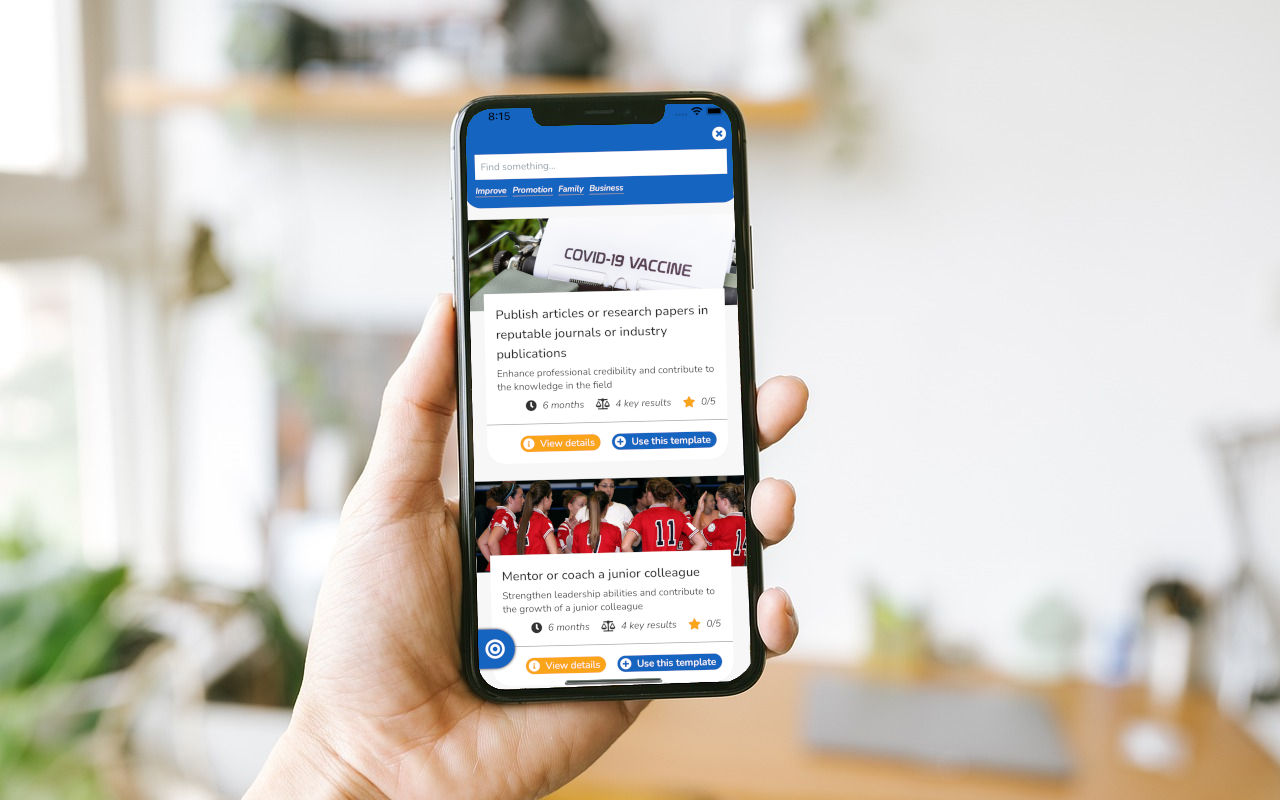
Objectives and Key Results, or OKRs, is a goal-setting framework that has gained widespread popularity in recent years. OKRs are a simple and effective way to align teams and individuals around measurable goals. However, it's important to define a good OKR in order to truly reap the benefits of the framework. Here are some guidelines on how to define a good OKR.
First and foremost, a good OKR must be SMART - Specific, Measurable, Achievable, Relevant, and Time-bound. Let's break down each criterion:
Specific:
The objective should be clear and specific, leaving no room for ambiguity or misinterpretation. A vague objective will make it difficult to determine whether or not the goal has been achieved. For example, a vague objective would be "increase sales", while a specific objective would be "increase monthly sales revenue by 20%".
Measurable:
The objective should be quantifiable, so that progress can be tracked and measured. This will help keep everyone accountable and motivated. For example, a measurable objective would be "increase monthly website traffic by 25%".
Achievable:
The objective should be challenging yet achievable, so that it's not too easy or too difficult to attain. Setting an objective that's too difficult can be demotivating, while setting one that's too easy may not inspire enough effort. For example, an achievable objective would be "increase email subscribers by 10%".
Relevant:
The objective should be aligned with the overall goals of the team or organization. If the objective doesn't contribute to the bigger picture, it may not be worth pursuing. For example, a relevant objective for a marketing team would be "increase brand awareness among target audience by 15%".
Time-bound:
The objective should have a deadline or timeframe, so that progress can be tracked and evaluated within a specific period of time. This will help ensure that the objective is accomplished within a reasonable timeframe. For example, a time-bound objective would be "increase customer retention rate by 5% within the next quarter".

Now that we've covered the SMART criteria, let's dive into some examples of good and bad OKRs:
Objective: Increase sales revenue by 20% by the end of the quarter
Good: This objective is measurable, relevant, and time-bound.
Bad: This objective lacks specificity and achievability.
Rewrite: Increase online sales revenue by 20% by the end of next quarter (current growth rate is 10%).
Objective: Improve customer satisfaction ratings
Good: This objective is relevant.
Bad: This objective lacks specificity, achievability, and time-bound criteria.
Rewrite: Increase online customer feedback ratings to 5 stars by 20% by the end of next quarter.
Even with a well-defined OKR, it's important to remember that it's still just a plan. The real work is in the execution. It's important to regularly check progress against the OKR and adjust as needed.
While there are many OKR tools available, many are complex and can require a significant amount of time to set up and maintain. Tenolife mobile application is a simple tool designed to help individuals and small teams plan, track, and achieve their goals. It allows users to set up and manage their OKRs in an intuitive and easy-to-use interface, allowing for a more efficient and effective planning process.
In summary, defining a good OKR is crucial to the success of any team or individual. By following the SMART criteria and ensuring that the OKR is aligned with the larger goals, progress can be tracked and measured effectively. Tenolife offers a convenient solution by providing a vast collection of pre-defined templates to simplify the process. However, it is important to remember that even the best OKR is merely a plan and requires execution and adaptation to suit changing circumstances. For this purpose, Tenolife serves as an ideal tool for real-time tracking and adjustments based on your needs.